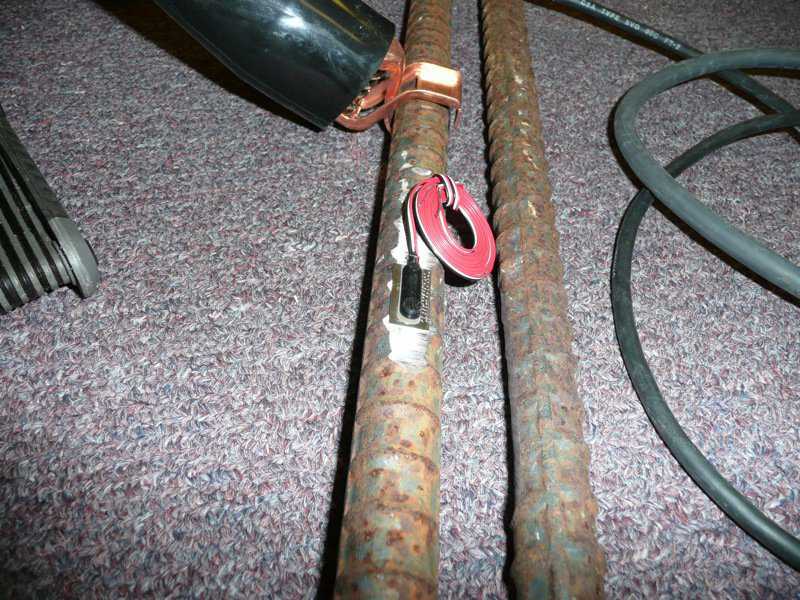Through the years of dome building we have always been playing a guessing game when it comes to reinforcement. So we finally found a way to find out once in for all, what is happening in these domes?
For about a year now we have been installing strain sensors into the Monolithic Domes. We installed them into the new Faith Chapel buildings, the Mile High Church in Denver, and now we are installing them in the St. Joseph Catholic Church.
It all starts with a little sensor that is welded to a piece of rebar. The rebar has to be grinded down so that there is a flat spot on it, then we use our fancy spot welder to weld them to the bar.
The bars are then hung into the dome shell and the wires are run into a small plastic box. The box will contain the data gathering unit. This data unit is a wireless box that is accessible from the ground using a laptop computer with a small USB antenna. We walk into the dome, wake up the unit, take a “trigger session”, and then put the unit back to sleep. That is done once a day, and the data is emailed back to the office for organization. These trigger sessions take about a hundred samples of strain within a few seconds.
These pictures are the two strain sensors that are going to be installed at St. Joseph next week. There will be one in the ring beam that is on top of the stem wall, and one in the bottom 4.
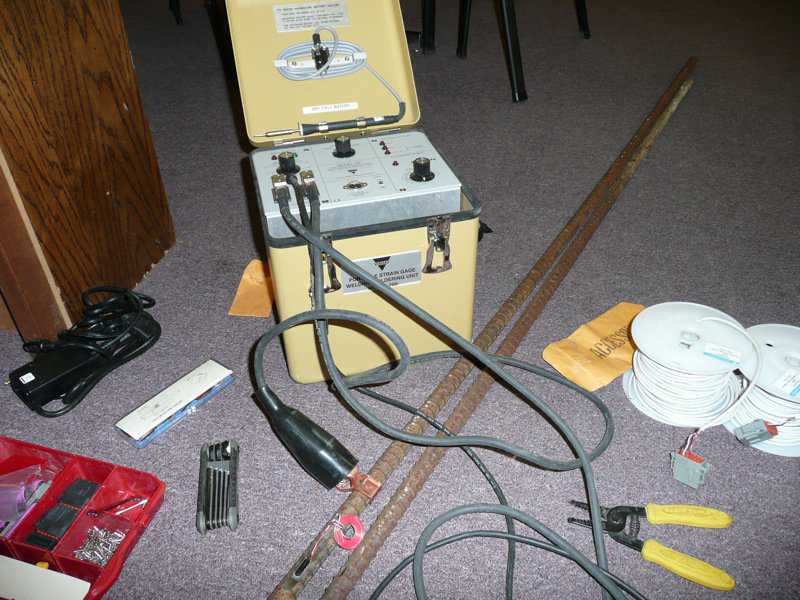
Welding equipment — We use special welding equipment that is specifically designed for strain sensors. (Michael South)
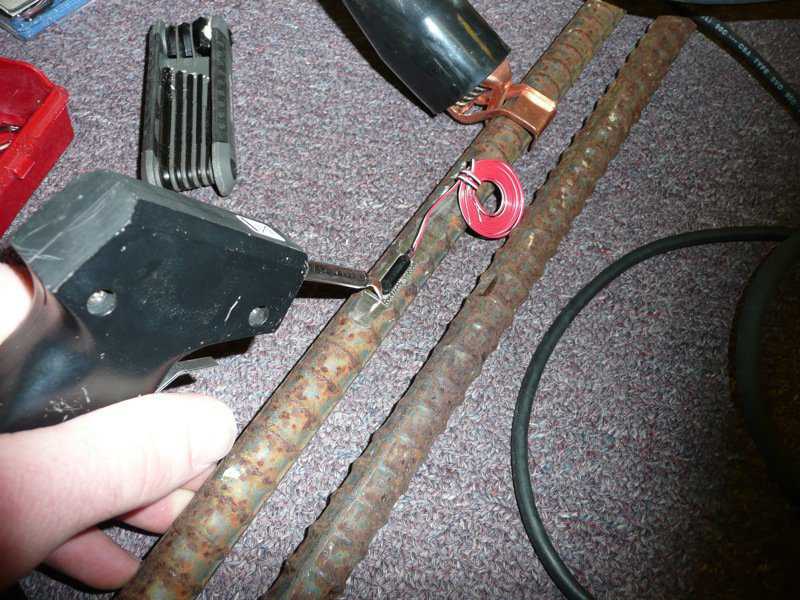
Welding gun — This welding gun has a very fine tip. The welds are done by making multiple spot welds along the sides of the sensor. (Michael South)
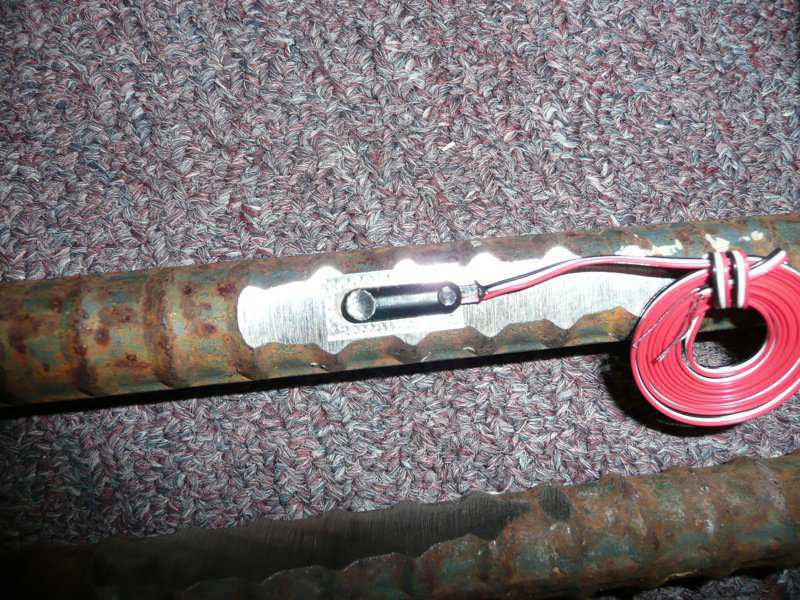
Completed Weld — The weld is now done, ready for testing. (Michael South)
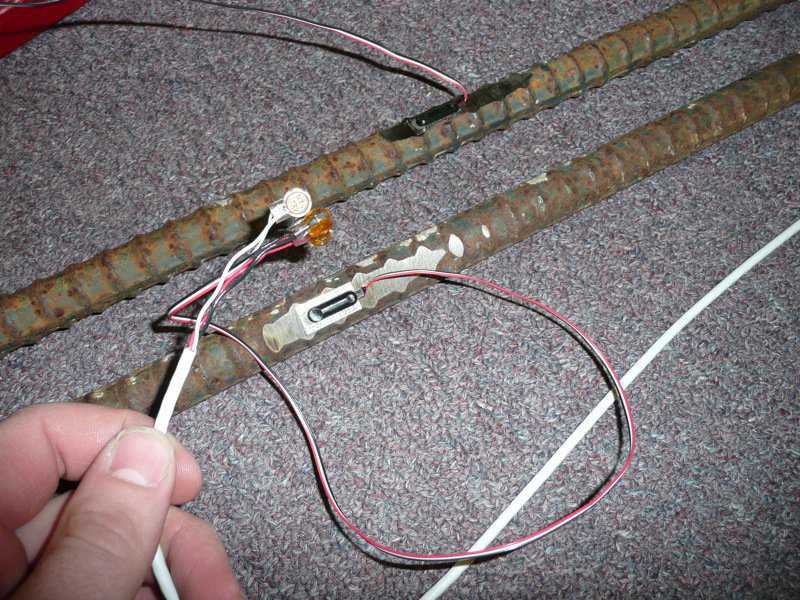
Prep for concrete — These sensors are going to be installed in a dome, then concrete sprayed around it. We have to change to a reinforced wire so that its not damaged during concrete spraying. (Michael South)
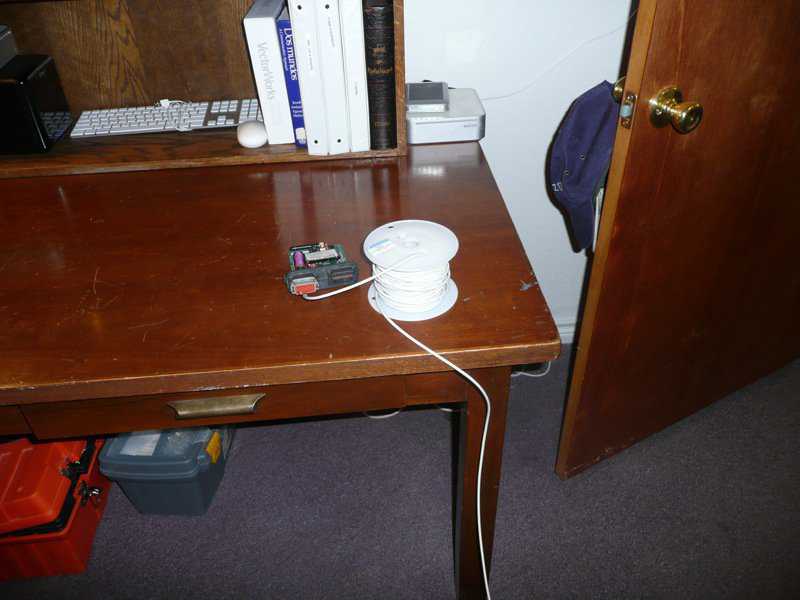
Node — This is showing the strain recorder. Its a wireless device that records the data from the strain sensor. We install an access box for this node, then when the dome construction is complete, we remove it. (Michael South)
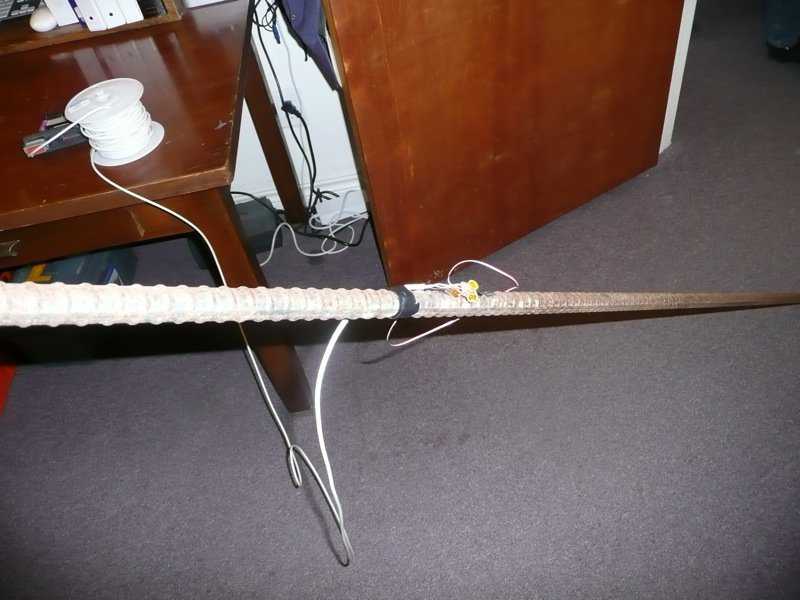
Testing sensor — Here we test the sensor before we go to install it. (Michael South)
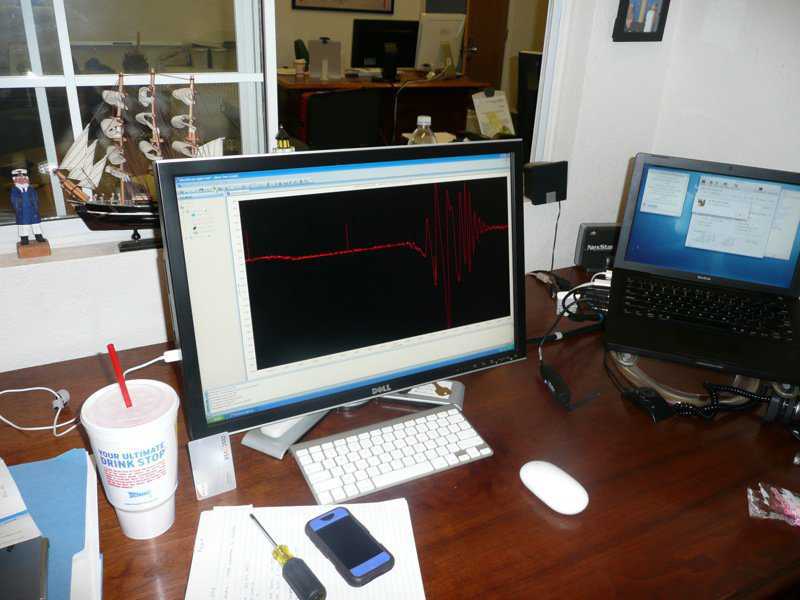
Live stream — These sensors are so sensitive, they can measure the strain you can create on the sensor by just pulling on both sides. In other words, it can measure how much you can stretch rebar with your bare hands. (Michael South)
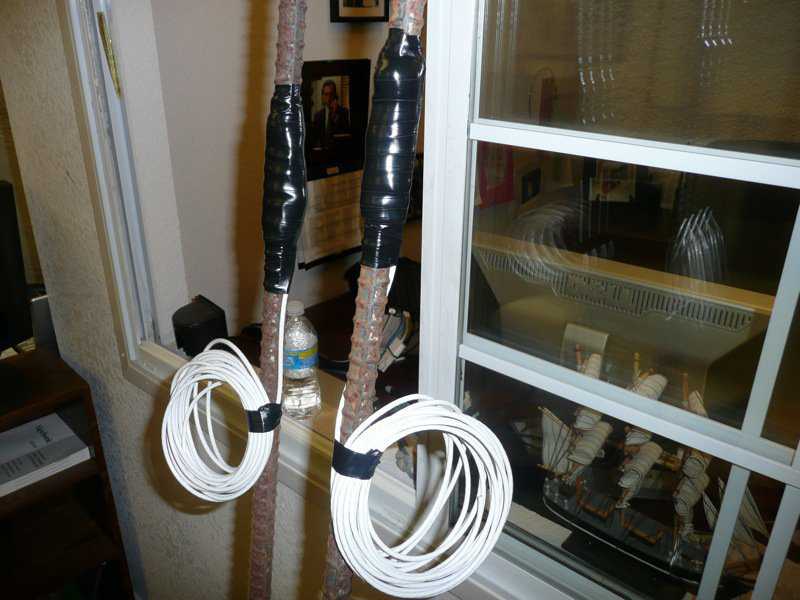
Ready for installation — Now the sensors are installed, we wrap them with a rubber glue patch. The rubber protects the sensor from the humidity and harsh conditions of shotcrete spraying. (Michael South)
